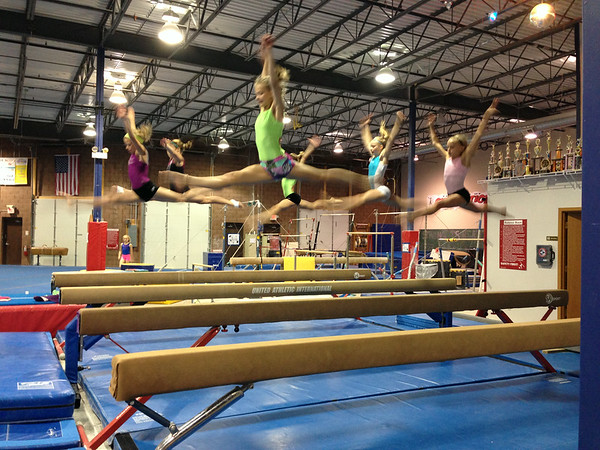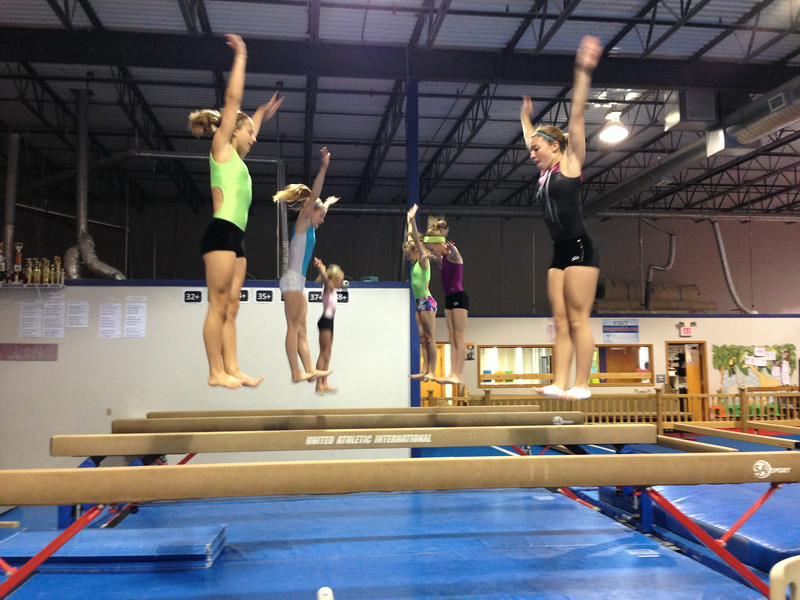Hi All
,
I've been asked to teach a valdez (walkover from seated position) to a group of dancers. I was wondering if anyone has some drills or advice on how to teach this? The girls all have their walkovers and bridge kickovers but are struggling to do one smooth movement when completing from sitting. Any tips would be appreciated as I haven't done one of these since my early teens and I'm pretty sure I taught myself then! I no longer have the flexibility to even do a kickover so can't try it out myself. Links to videos would be great, Google only brought up wikihow and someone with the name of Valdez!
Thanks
,
I've been asked to teach a valdez (walkover from seated position) to a group of dancers. I was wondering if anyone has some drills or advice on how to teach this? The girls all have their walkovers and bridge kickovers but are struggling to do one smooth movement when completing from sitting. Any tips would be appreciated as I haven't done one of these since my early teens and I'm pretty sure I taught myself then! I no longer have the flexibility to even do a kickover so can't try it out myself. Links to videos would be great, Google only brought up wikihow and someone with the name of Valdez!
Thanks

